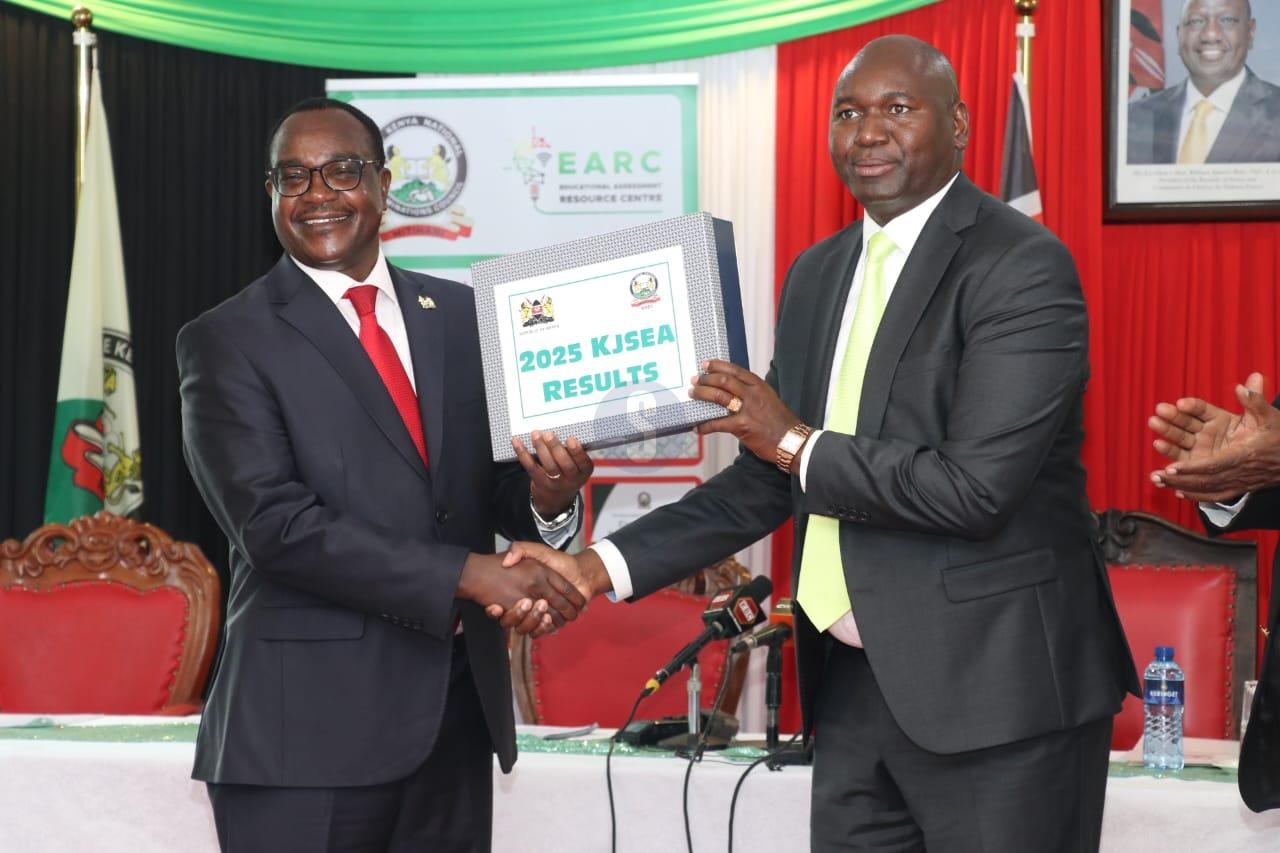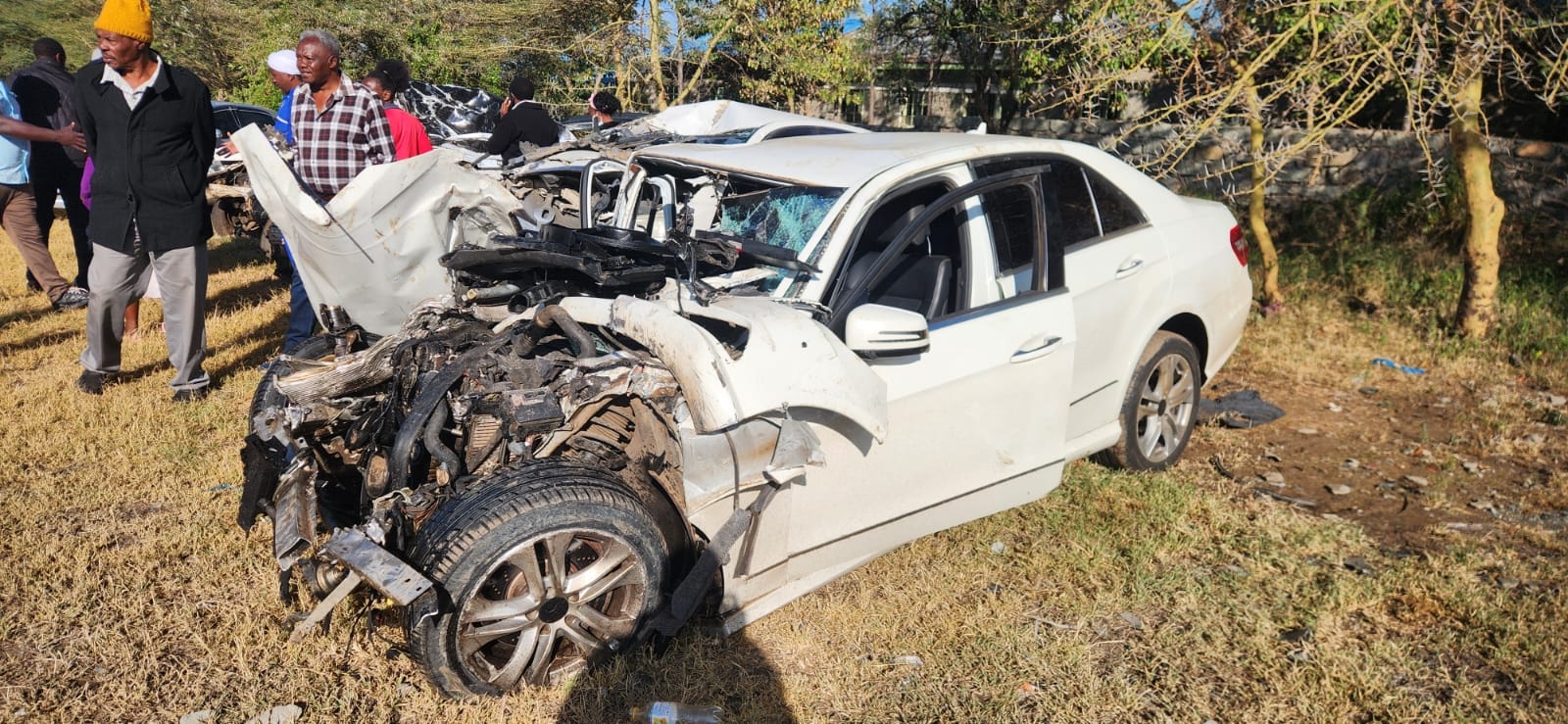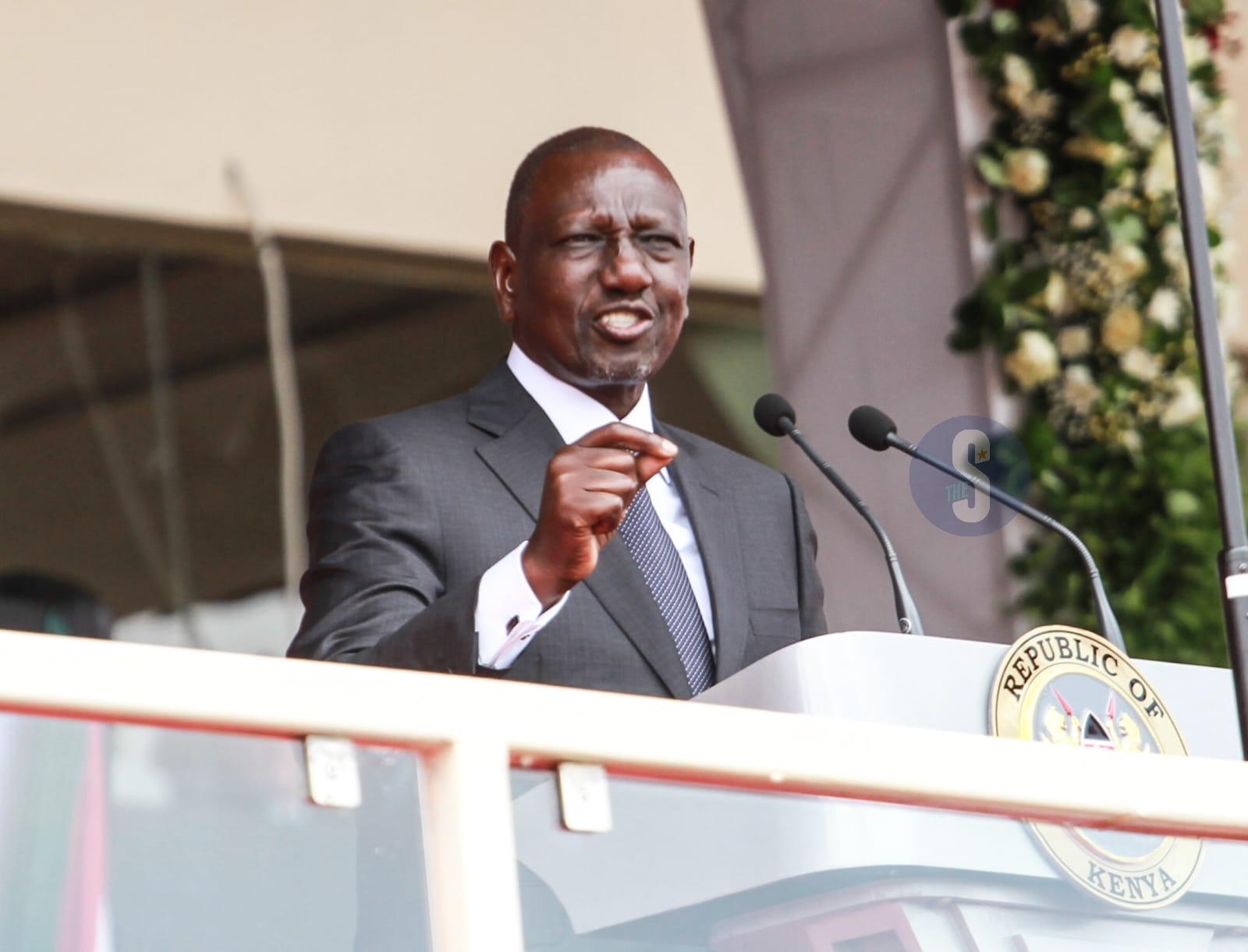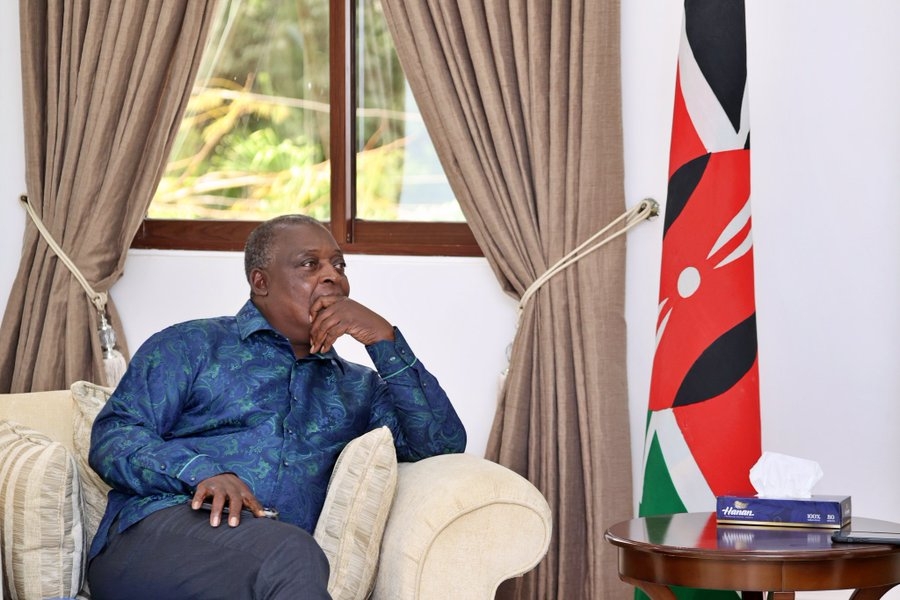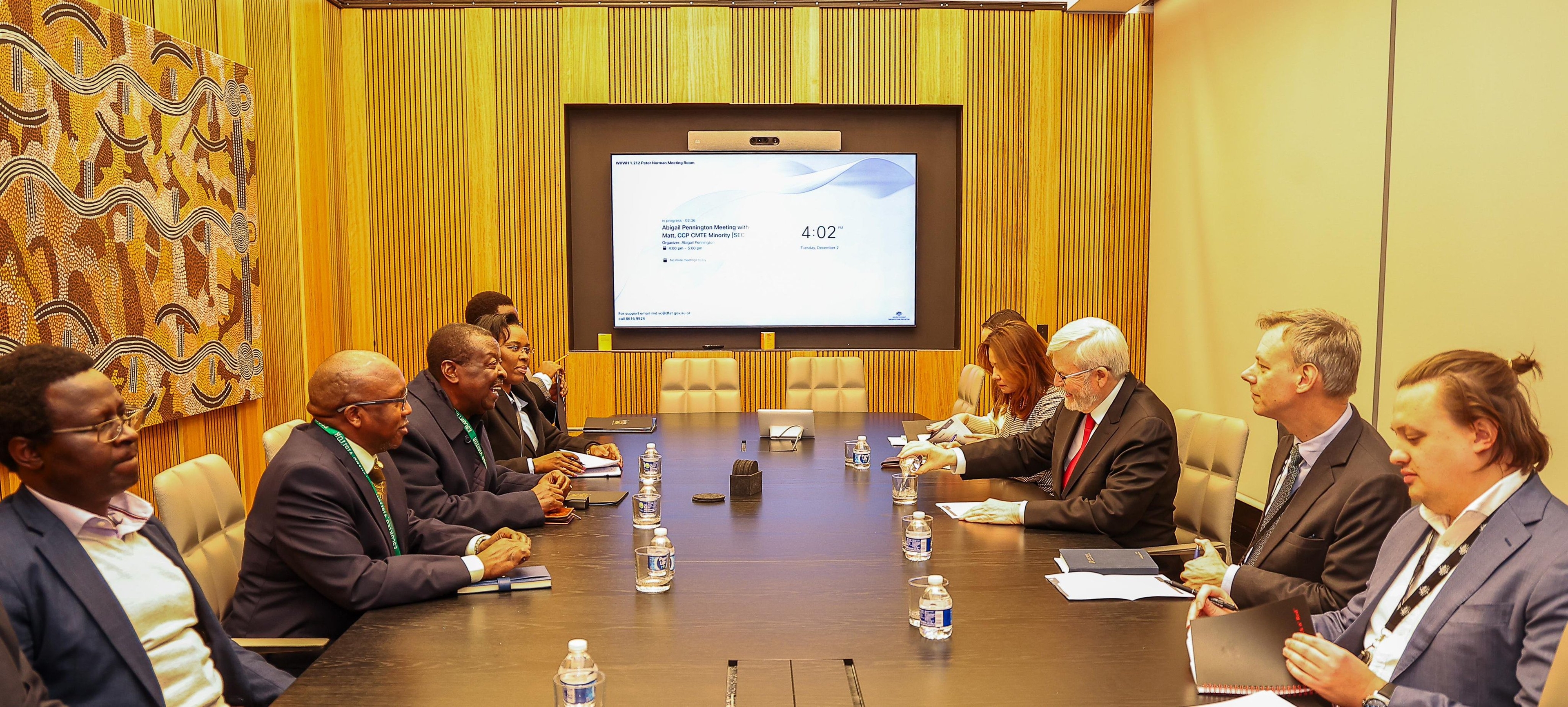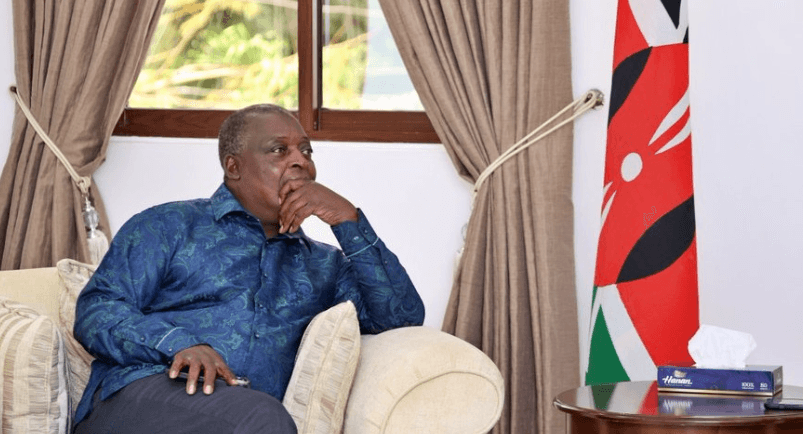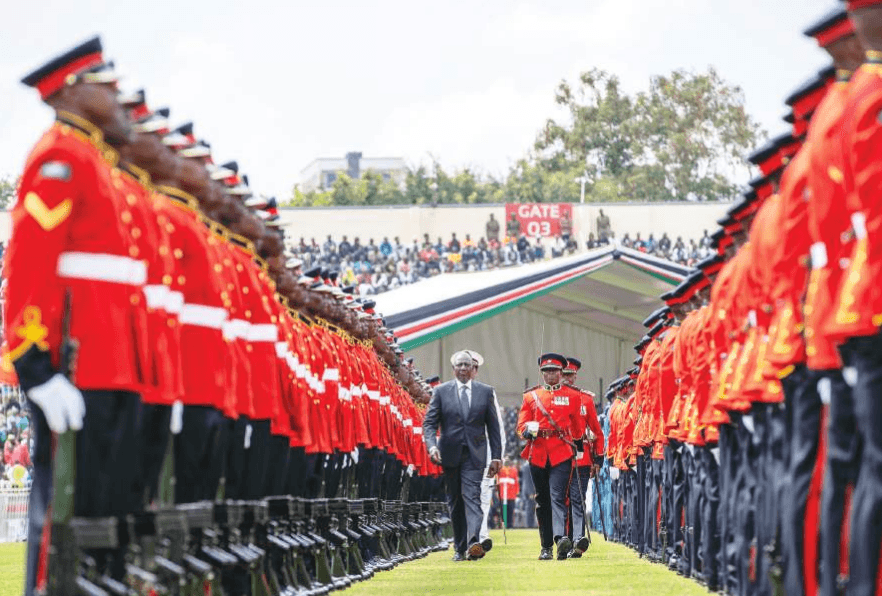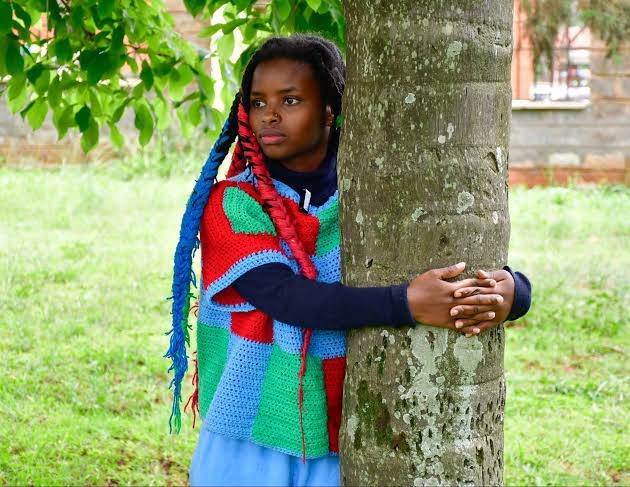Ahead of the Africa climate change week coming up in September 2023 in Nairobi, Kenya has called for shifting the global debate and framing of the climate change crisis away from a division between the Global North and the Global South.
Kenya is rooting for the adoption of a more collaborative and collective action that allows each country and region to contribute what it has.
Resources are needed in big quantities for this urgent work since Climate finance is essential in addressing climate change adaptation.
Significant financial resources will be similarly required to allow countries to adapt to the adverse effects and reduce the impacts of climate change.
Kenya is leading the African position by calling for innovative ideas for dealing with the climate change crisis.
These ideas include taxation on sectors like aviation and maritime, the removal of fossil fuel subsidies worldwide, and the implementation of a global fossil fuel tax.
The reality is that huge resources are needed for the required adaptation interventions considering that large-scale investments are needed to significantly reduce emissions.
It’s increasingly clear that gaps have emerged in the approaches, and resources are getting lost to misapplication, abuse, waste, or mismanagement.
Likely, the existing working modalities lack proper principles of good governance: transparency, accountability, and integrity.
The Paris Agreement provides a framework for financial, technical, and capacity-building support to countries needing it.
It also reaffirms that developed countries should take the lead in providing financial assistance to countries that are less endowed and more vulnerable and also encouraging voluntary contributions by other parties.
Despite these provisions of the Paris Agreement, things seem not to be working.
Studies and practice have shown that adaptation interventions are made to depend on contributions from the global North- which makes them very expensive sometimes compared to alternative interventions coming from the South.
While intervention recommendations emanating from the global North are based on research and current data, climate-related research in Africa faces severe data constraints.
Many are unworkable leading to a waste of resources, thus Africa must be allowed to suggest approaches that are informed by experiences from the continent.
Among the suggestions coming from the continent towards climate change adaptation interventions include the introduction of bunker taxes. This would place a carbon tax on emissions from international aviation and shipping
Others include the removal of fossil fuel subsidies, which could generate up to US $8 billion annually, the redirection of fossil fuel extraction royalties/ licenses with the potential to provide US $10 billion in climate finance per year, and financial transaction taxes (Robin Hood Tax.) which could generate between US $2 billion to US $27 billion in 2020.
In addition, there is a call to increase public and private finance flows by billions of dollars per year.
Increasing direct access to multilateral funds, strengthening project pipeline development, and shifting finance from readiness activities to project implementation can help transform adaptation interventions.
The introduction of concessional finance, and integrating climate adaptation into social protection programs, such as cash transfers and healthcare access are likely to enhance the community’s resilience to climate change.
Other suggestions should be on gender-sensitive interventions to reduce vulnerability for the marginalised, strengthening early warning systems based on targeted climate services and social protection programmes.
The current approaches have seen the bulk of resources channelled through multilateral institutions including the UN and multilateral development banks such as the World Bank).
In addition, development partners have been depositing climate money into Bilateral Initiatives and institutions.
Existing sources of funds include the Climate Investment Funds (CIFs) comprising the Clean Technology Fund (CTF) and the Strategic Climate Fund (SCF), The Forest Investment Programme (FIP), the Scaling up Renewable Energy Program in Low-Income Countries (SREP) and The Pilot Program for Climate Resilience (PPCR).
The major mechanism to generate climate finance through offset markets is the Clean Development Mechanism (CDM), established under the Kyoto Protocol.
This requires that companies from developed countries invest in emissions and reduction of projects to obtain carbon credits.


